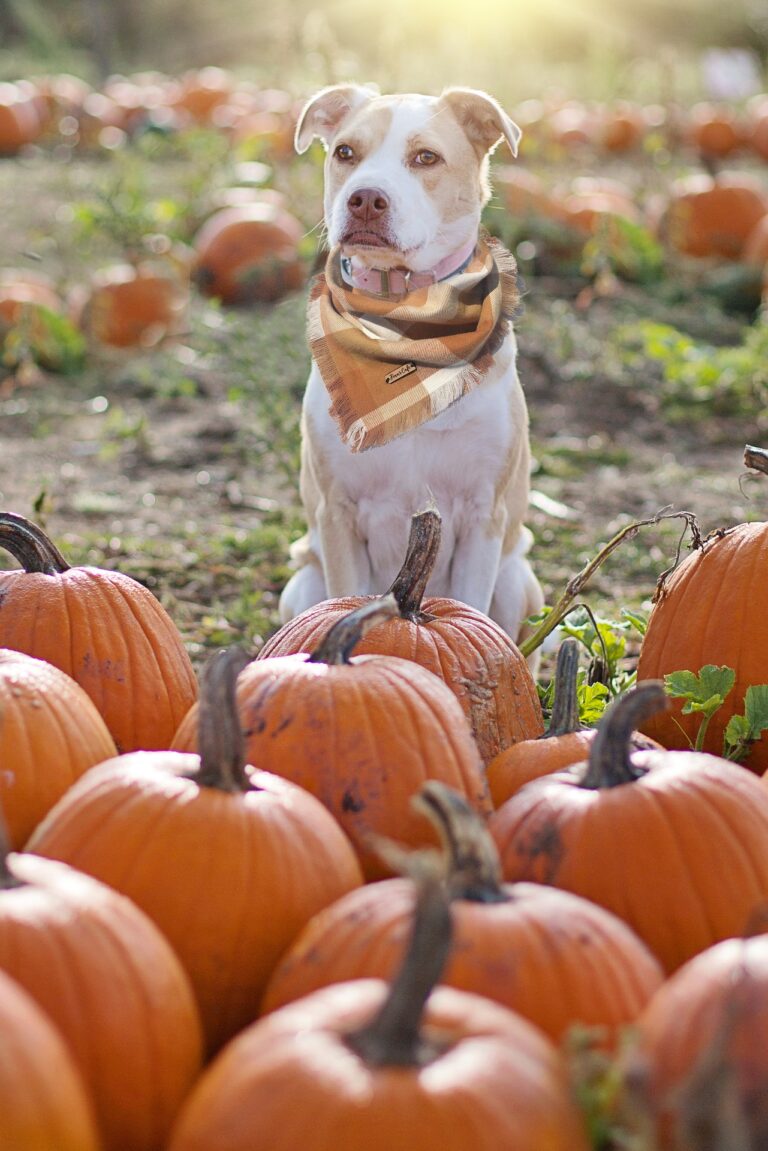Your dog is not eating? As worrying as it may seem, a dog with no appetite is not always a case for the vet. Often it is a matter of psychological or educational factors, which you can eliminate yourself, so that your four-legged friend quickly regains the desire for his food.
The Dog Does Not Eat: The Most Important Facts In Brief
- Lack of appetite often passes quickly in dogs and is then no cause for concern.
- A common factor is stress, but it can also be due to too much food or medical causes.
- For old dogs, the food should be warmed slightly, as it then smells better.
- Fixed feeding times and plenty of exercise stimulate the appetite.
- Many dogs are more likely to eat in a quiet, undisturbed place than in a noisy one.
Reason 1: Medical Causes For Loss Of Appetite
Loss Of Appetite Is Not Always A Cause For Concern
Basically, a few days of loss of appetite are not yet a reason to believe that death is imminent. In this respect, humans and dogs are quite similar. Maybe it is because of the heat, maybe because of the weather or maybe your four-legged friend has simply not moved enough – some dogs do not eat, frighten their owners and calm down again after a few days.
Lack of appetite is also perfectly normal if your dog has recently been vaccinated or has undergone surgery. Both the vaccinations and the after-effects of anesthesia can cause a temporary lack of appetite.
When Do I Need To Take The Dog To The Doctor?
Your dog is not eating again even though two days have passed? Then you should see a veterinarian. There are various medical causes that can lead to the dog having problems eating. These can be, for example, the following:
- Problems with the teeth, tongue or palate,
- Allergies,
- Parasite infestation,
- Tumors in the mouth or digestive tract,
- Infections,
- Kidney stones or
- Autoimmune diseases.
To get a better picture of why your dog isn’t eating, you can also do some of your own investigation. For example, check to see if he’s lost weight, is quieter than usual, or isn’t doing his business. A bloated or pressure-sensitive belly also points to a medical problem. Finally, poor dental hygiene can cause your dog to spurn his food. Therefore, also check the mouth for inflammation or a chipped tooth.
Reason 2: The Dog Does Not Eat Because Of Stress
Many people feel stressed by change. The same is true for dogs – a change in their environment can cause them to feel uncomfortable and not touch their food. Such changes include:
- A new environment due to, for example, a move,
- An addition to the family, for example, a baby, a new partner or a second pet,
- The loss of a caregiver.
- Or sudden noise, for example due to a construction site in front of the house.
In this case, try to calm your dog by maintaining daily structures and giving him lots of attention. But be careful: don’t stay with your dog all the time while he is eating. This can lead to what is called food paranoia. The dog will not eat because he believes that you are claiming the food for yourself and that he is not allowed to reach the bowl. Therefore, always leave the room and make sure that your dog is not disturbed by any family member while eating.
Reason 3: Feeding Is Not Age Appropriate
An Old Dog Does Not Eat As Much As A Young One
As dogs get older, their eating behavior changes as well. This is because they move less and therefore burn less energy. Then adjust the amount of food to your dog’s needs. Important: While small dogs do not reach old age until they are about ten years old, large breeds can be considered seniors as early as six years old!
It is also possible that an older dog does not eat because the food is simply no longer attractive enough for him. This is because his sense of smell and taste deteriorates over the years. It can help if you warm the food slightly or add warm water. This way it smells stronger, which might encourage the dog to eat.
Young Dogs Test Limits
A young dog won’t eat? That’s quite normal, at least when he’s between four and seven months old. That’s because this is the time of teething, when the puppy may have a hard time eating ordinary food. You can help him by soaking the food to make chewing easier.
Between the seventh and eleventh month of life, the dog is in what is called the flailing phase – dog puberty, so to speak. Here, too, food rejection may occur. For young dogs, the flailing phase is the time when they test their limits, and this also applies to food. Your job now is to remain as consistent as possible. Give your dog a set amount of time to eat and then take the bowl away – no matter how pitiful he looks at you later. If you give in, your dog won’t learn.
Reason 4: The Wrong Diet
Do you change foods often to give your dog as much variety as possible? Then this could be the problem. Because the dog’s metabolism is actually designed for a uniform diet. Too many different foods can lead to digestive problems, but also to a picky dog that no longer accepts familiar varieties at all.
Once the dog has made acquaintance with a fresh or even raw feeding method, this can also be an important point. Such feeds have more flavors due to the additional moisture, which stimulate the dog’s appetite. If he then suddenly gets dry food again, it is quite possible that he no longer has any desire for it.
Also check with your family to see if anyone is feeding the dog a lot of treats or even table scraps. If he then leaves his food bowl untouched, the reason is actually logical: the dog does not eat because he is already full. Treats and small snacks should therefore only be given as a reward and in the smallest possible quantities.
Encourage The Dog To Eat: More Tips
If your dog still doesn’t eat, you can try the following tricks:
- Set strict feeding times and put the bowl away after a certain period of time, even if the dog hasn’t eaten.
- Physically challenge your dog, for example, through dog sports or longer walks. This will stimulate the appetite.
- Try a new, quieter feeding location. A dog doesn’t like to eat in noisy rooms with a high volume of visitors.
- Buy a new bowl. The dog may not like the sound of the food in the bowl or the plasticizers in the plastic may change the taste. Ceramic or glass bowls may remedy the situation.
FAQ: All The Important Questions About Lack Of Appetite In Dogs
Why Is My Dog Not Hungry?
Your dog does not eat? This can have many reasons. Possible are, for example, a picky attitude by too many different foods, heat, stress or the wrong bowl. But there can also be a medical cause that needs to be clarified.
How Can I Stimulate The Dog To Eat?
Dogs have more appetite when they exercise a lot and come home to a regular feeding schedule with set times. Treats should be avoided as much as possible. It may also help to warm or soak the food slightly.
Why Won’t The Dog Eat From His Bowl?
Some dogs will not eat from their bowl, but will eat from the floor or from their hand. In this case, try to change the bowl. Maybe your dog is uncomfortable with the sound of metal or the plastic changes the taste of the food. Ceramic and glass are usually well accepted.
Why Doesn’t My Dog Eat In The Morning?
Is the bowl in the same place all day long and the dog does not eat? This may be because he knows he can eat small amounts throughout the day. After all, the bowl is there all the time. You can break the dog of this behavior by taking the bowl away after a certain period of time.
How Many Grams Of Food Per Kg Does A Dog Need?
Adult dogs should consume about 2.5 percent of their body weight in food per day. If your dog has been sick in the past or is very active, the requirement can increase up to five percent.
How Often Do I Need To Feed My Dog?
It is a good idea to feed dogs twice a day, preferably in the morning and evening. By spreading the amount of food over two servings, you reduce the risk of stomach upset.









